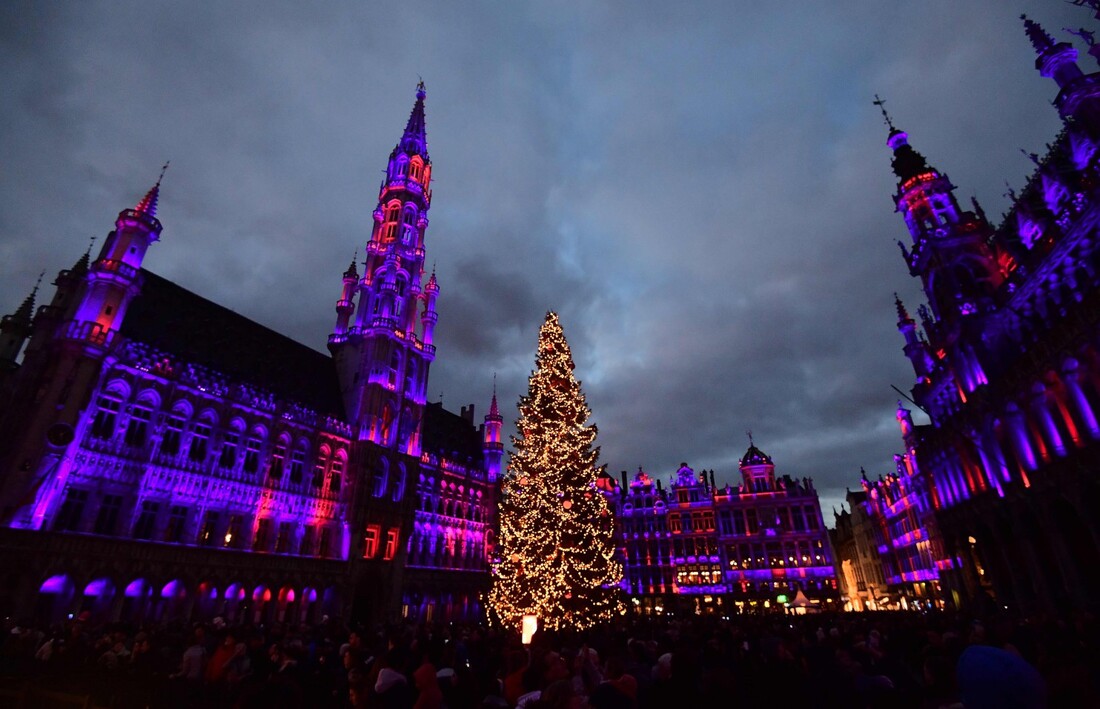Advent: A Violet-colored Season
Why is Violet the Color of the Season of Advent?
To give us a visual on the tone of the season of Advent, the Church denotes the color purple (violet) – just as with Lent – as the color of the season. In Advent, purple serves to symbolize both the penitential spirit and the time of anxious preparation. Thus, during Advent, the color of the vestments worn by the Priest at Mass is purple or violet. There is one variant to this color designation: On the third Sunday of Advent (for that day only) the option is given for the Priest to wear rose-colored (not pink) vestments. The use of the color rose is put in play as a way of symbolizing and awaiting the joyful coming of Christ announced in the first word of the Entrance Antiphon at that Sunday’s Mass: "Rejoice" (Latin, Gaudete). For this reason the Third Sunday is also called, by tradition, Gaudete Sunday; it is the tipping point in Advent in which the season now enters its tail-end and tilts closer to Christmas. The readings at Mass from this point onward shift their focus away from the Second Coming of Christ, towards coming of Christ, born of the Virgin Mary, at Christmas.
To give us a visual on the tone of the season of Advent, the Church denotes the color purple (violet) – just as with Lent – as the color of the season. In Advent, purple serves to symbolize both the penitential spirit and the time of anxious preparation. Thus, during Advent, the color of the vestments worn by the Priest at Mass is purple or violet. There is one variant to this color designation: On the third Sunday of Advent (for that day only) the option is given for the Priest to wear rose-colored (not pink) vestments. The use of the color rose is put in play as a way of symbolizing and awaiting the joyful coming of Christ announced in the first word of the Entrance Antiphon at that Sunday’s Mass: "Rejoice" (Latin, Gaudete). For this reason the Third Sunday is also called, by tradition, Gaudete Sunday; it is the tipping point in Advent in which the season now enters its tail-end and tilts closer to Christmas. The readings at Mass from this point onward shift their focus away from the Second Coming of Christ, towards coming of Christ, born of the Virgin Mary, at Christmas.

